List of Ligament Injury in The Human Body
Here is a complete list of common ligament injuries in the human body: Upper Body Spine Lower Body
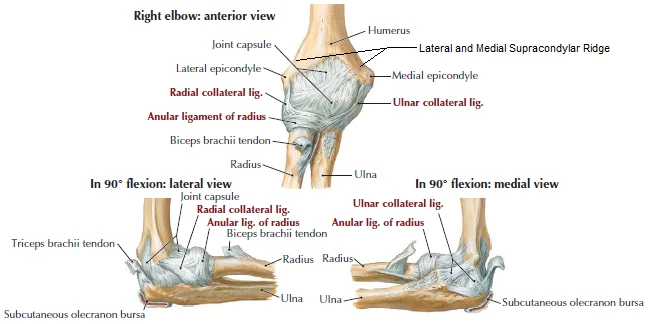
Here is a complete list of common ligament injuries in the human body: Upper Body Spine Lower Body
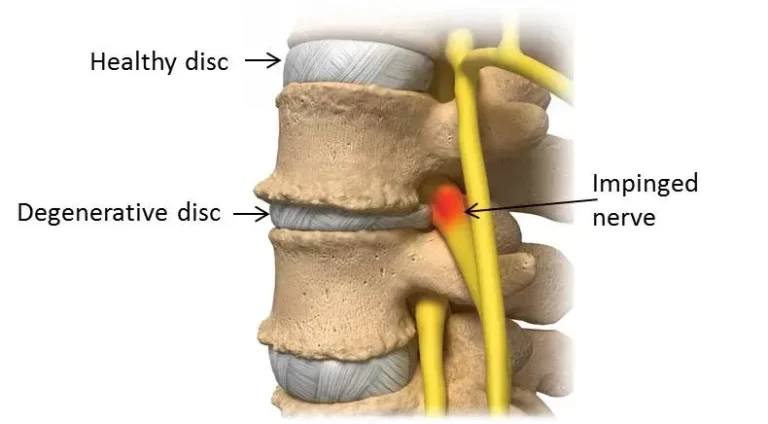
Introduction: Lumbar Degenerative Disc Disease (DDD) is a condition where the intervertebral discs in the lower back gradually lose hydration and elasticity, leading to reduced cushioning between the vertebrae. This can cause pain, stiffness, and reduced mobility. Although it’s a natural part of aging, factors like injury, obesity, and genetics can accelerate disc degeneration. Symptoms…

Introduction Charcot foot is the term for when you lose feeling in your ankles and feet. You might not be aware of the signs of an infection or injury that is causing your foot pain. These problems might cause more harm the longer they are left untreated. If you have diabetes, it’s crucial to have…
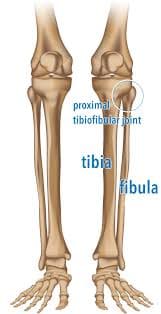
Introduction The proximal tibiofibular joint is a synovial joint located between the lateral condyle of the tibia and the head of the fibula. It plays a key role in stabilizing the lower leg and allowing slight movement to accommodate ankle motion. Although it contributes minimally to knee movement, it helps distribute forces during activities like…
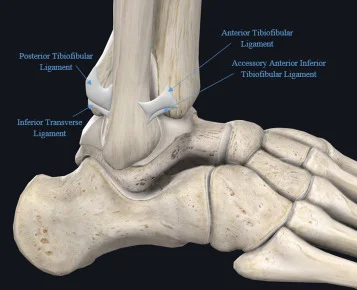
The distal tibiofibular joint is the articulation between the lower ends of the tibia and fibula, located just above the ankle. It is a fibrous syndesmosis joint, meaning it is connected by strong ligaments, primarily the anterior and posterior tibiofibular ligaments. This joint provides stability to the ankle, allowing for slight movement to accommodate the…

Introduction Proprioceptive exercises test the balance and coordination of your body. They can help you become more confident in your muscles and be able to carry out tasks without being aware of your actions. Kinesthesia, another name for proprioception, is the capacity to perceive and freely move one’s body and limbs in one’s immediate surroundings….
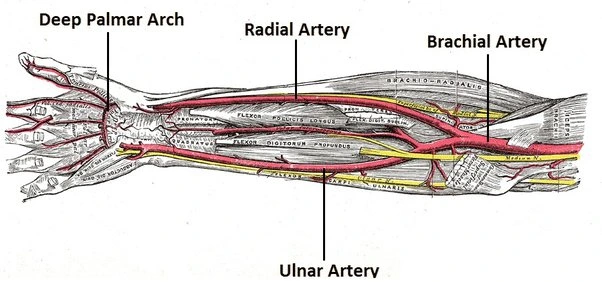
What is an Ulnar Artery Thrombosis? Ulnar artery thrombosis is a condition where a blood clot forms in the ulnar artery, leading to reduced blood flow to the hand. It can result from trauma, repetitive stress (as seen in hypothenar hammer syndrome), or underlying vascular disorders. Symptoms include pain, cold intolerance, discoloration, and weakness in…

Introduction: Osteoarthritis is a common degenerative joint disease that can impact the knees. A knee unloader brace can improve stability and ease pain by lessening the strain on the injured region. Customised brace is a successful nonsurgical treatment. A knee brace can help someone restore from surgery while also delaying a potential future procedure. A…
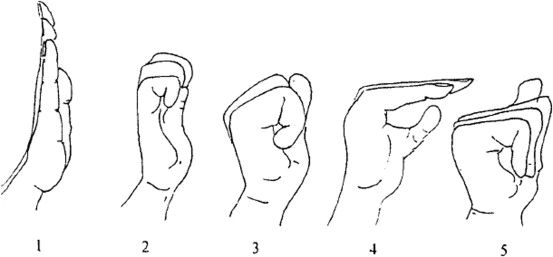
Introduction Tendon gliding exercises are therapeutic movements designed to improve finger mobility, reduce stiffness, and prevent adhesions in conditions like carpal tunnel syndrome and tendon injuries. These exercises involve specific hand and finger positions—such as straight, hook, fist, tabletop, and straight fist—to promote smooth tendon movement within the hand. Regular practice can enhance flexibility, dexterity,…
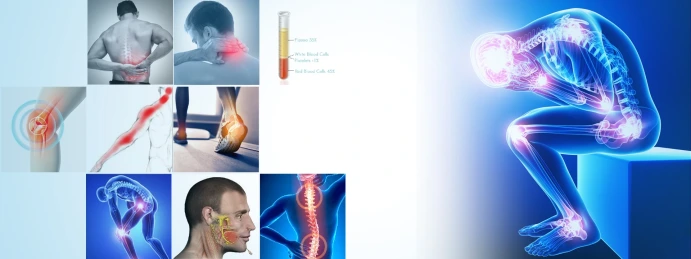
During a pain management plan, medical professionals help you manage pain of all kinds and causes. Medication, surgery, therapy, and complementary medicine methods are some of the methods used to manage pain. People with chronic (long-lasting) pain can feel better and live better thanks to these plans. Pain management: What is it? With the use…